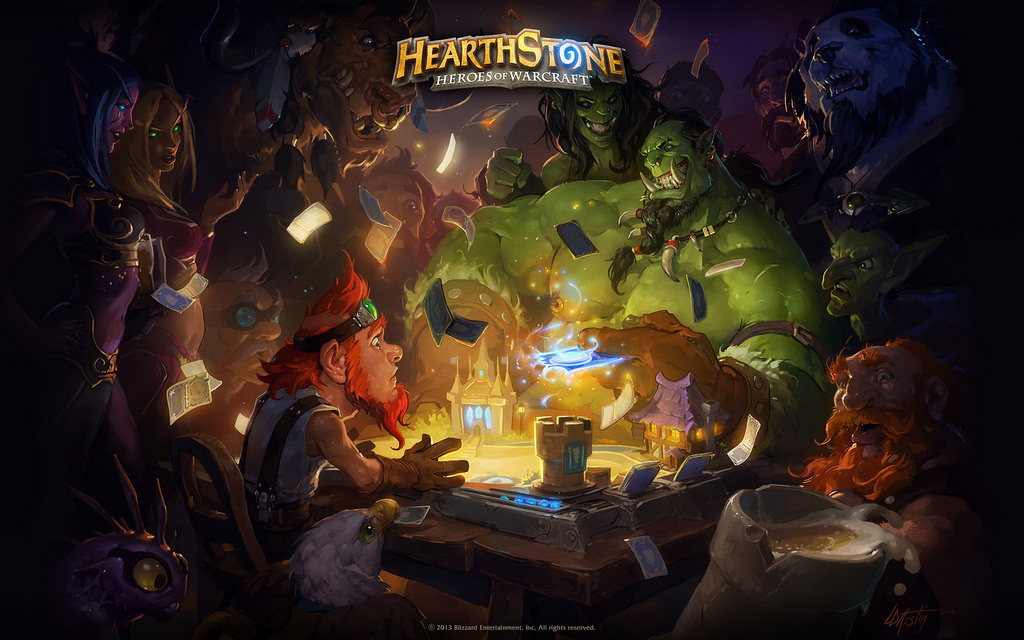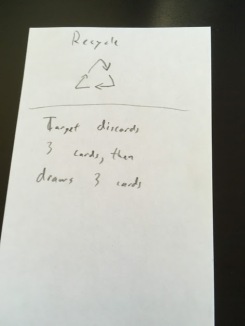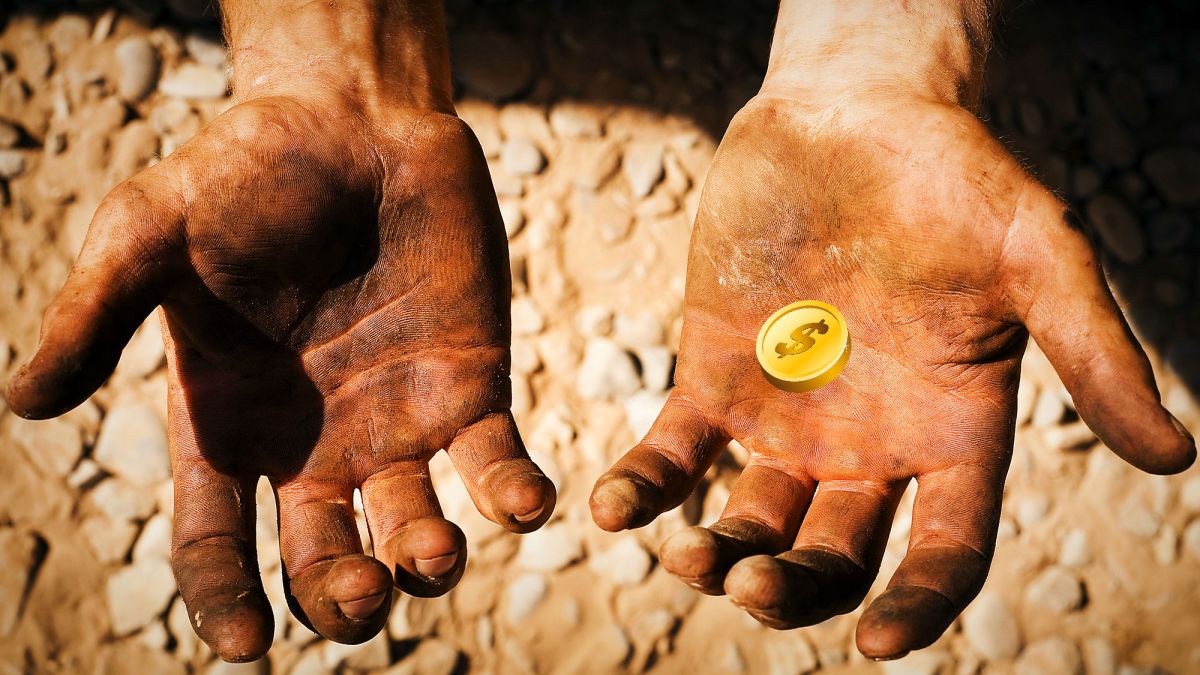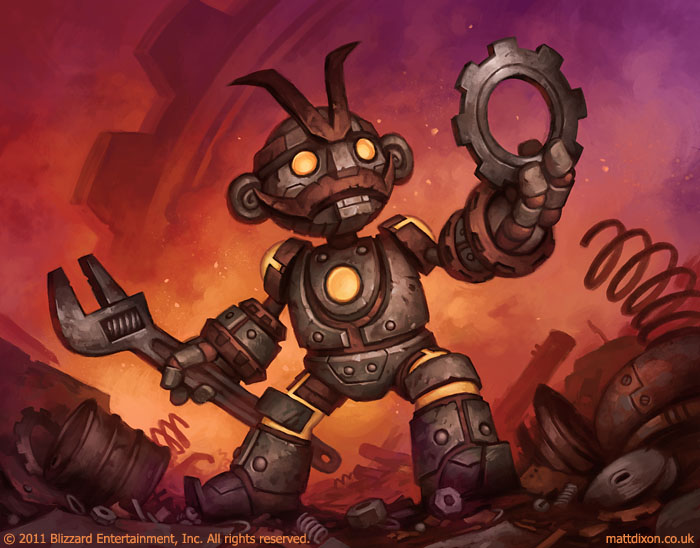How has the meta shaped since the recent patch notes? Only time will tell, but it seems a certain prince is rising to power.
Semi-recently, a patch came out with seemingly minor, but game-changing nerfs. These nerfs stopped the oppressive Druid from completely dominating the standard meta-game by changing one of its key cards, Innervate, effectively turning it into two copies of The Coin that you can put in your deck. This single card change has pushed the aggro out of the meta and has dethroned Jade Druid from the top. According the Vicious Syndicate report #62, a Hearthstone data tracker, druids took up almost 28% of ranked matches before the nerf! Compare that to second place with only 17% representation in the pre-nerf meta: Razakus priest.
The Innervate nerf wasn’t the only card that got changed, however. other nerfs were mainly targeted at the meta aggro decks, being Murloc Paladin and Pirate Warrior. Murloc Paladin’s key card of Murloc Warleader no longer granting a health buff is actually a bigger deal than thought. That health buff used to be able to save another murloc from dying to a trade and keep its presence on the board. A common use was to combine Murloc Warleader with Bluegill Warrior and use its charge ability to get a quick trade and manage to keep a 4/1 for pressure. Now that’s not possible and that cripples Paladin because the Murloc deck was its only real competitive leg left.
The other aggro deck nerfed heavily was Pirate Warrior. Fiery War Axe was one of Warrior’s most powerful tempo cards, usually being able to destroy two early game minions with only one card and two mana. Not only was it able to be a good anti-aggro tool and to protect your board, weapons can hit face for a lot of damage. In Pirate Warrior, the deck has many weapon buffs and ways minions benefit from having a weapon, all that want to rush you down. An example is Upgrade! that gives your weapon an extra attack and durability. A way of thinking about that is that a normal Fiery War Axe does six damage over two turns, but an upgraded axe does twelve damage over three turns. That’s almost half of your total health! Increasing the cost by one mana severely limits that potential because the card was one of the only two-cost cards in the deck, a slot that is very important in most tempo decks, as that’s the turn you use to protect your aggressive one-drop. As well as that, a big benefit to Fiery War Axe in the past was that it could be coined out on turn one to deny the board to your opponent.
The last two nerfs were more minor, being the Hex and Spreading Plague nerfs. They got their mana price also increased by one like Fiery War Axe, but the difference is that these cards are reactive cards. You have to react a one large threat or multiple smaller threats that is already on the board, whereas Fiery War Axe and Murloc Warleader were the threats. They also weren’t the core piece of the deck, being extra tools of removal or stall. Spreading Plague can also be cheated out earlier using mana ramp, so its downside of being an extra mana doesn’t make the card that bad.
Before the patch, Priest was still strong competitor in standard with the Razakus and Big variants as somewhere between tier 1 and 2 decks to stand up against Druid. But as of VS report #63, Priest’s place has made its way to being the top class, at 18.6% percent of the current meta, 14.60% being Razakus, 2.86% being Big, and then some random assortment of other, not as strong types of priest. The reason why Razakus Priest is so strong is because of the combo of Raza the Chained, who grants zero mana hero power and the new Priest hero card, Shadowreaper Anduin, providing a hero power that deals 2 damage and resets after playing any card. This effectively means that the all of the deck’s cards after drawing the combo deals an additional two damage. This leads to variants of the deck being comprised of an OTK (One Turn Kill) or a value-generating deck that simply controls the game and chip away at the opponent’s health. Big Priest is strong just to be a counter to Razakus because it drops big threats that priest has a hard time constantly keeping up with.
The deck to rise up is Midrange Hunter. It’s also fueled by its new death knight card, Deathstalker Rexxar. Before, it was too slow and the pirate and murloc decks would kill them before they can have a chance to play Deathstalker Rexxar. But now with those decks mainly out of the picture, its strength of being a tempo deck or to switch to a value generating deck helps it face off against other tempo decks and control decks of the meta. It now sees play in 16.13% of decks. Even though it has more popularity than Razakus Priest, Midrange Hunter has continued to be the only viable deck the class has had in Standard for the past few years now and makes it only the second most popular class.
Another strong deck is the one that caught people by storm: Tempo Rogue. The deck is also known as Keleseth Rogue, from the card Prince Keleseth. The main idea of the deck is to gain tempo by dropping minions on curve and using rogue’s efficient removal to clear a path and rush the opponent down. Keleseth strengthens that plan by buffing the minions to trade cleanly and deal more damage to face. It was also a deck too slow to deal with druid beforehand; so much so that no one thought of using this deck before the nerfs. Since then however, it has seen strong play due to its snowballing nature and has landed itself at 9.44% of the meta.
There are some other things to note about this meta like how some other decks are competing for a strong tempo deck, being Token Shaman, Secret Mage, and Zoo Warlock in descending popularity. Druid, though weaker, still has the third most popular deck of Jade Druid because of its mana ramping and value cards of Jade Idol and Ultimate Infestation being untouched.
EDIT: As of the Vicious Syndicate report #64, Tempo Rogue has climbed up and passed Priest in deck popularity. Razakus Priest has now overshadowed Midrange Hunter in return. As well as that, both Zoo and Control Warlock are getting the Warlock class out of the gutter and into the fourth most popular class. Otherwise, not much has changed except for Paladin and Warrior not having any popular enough decks on ladder to show up on the latest report.
Data used is from the Vicious Syndicate.
Clockwork Gnome Card Art, © Blizzard Entertainment, Matt Dixon.
I do not own any of the pictures used on this site.






